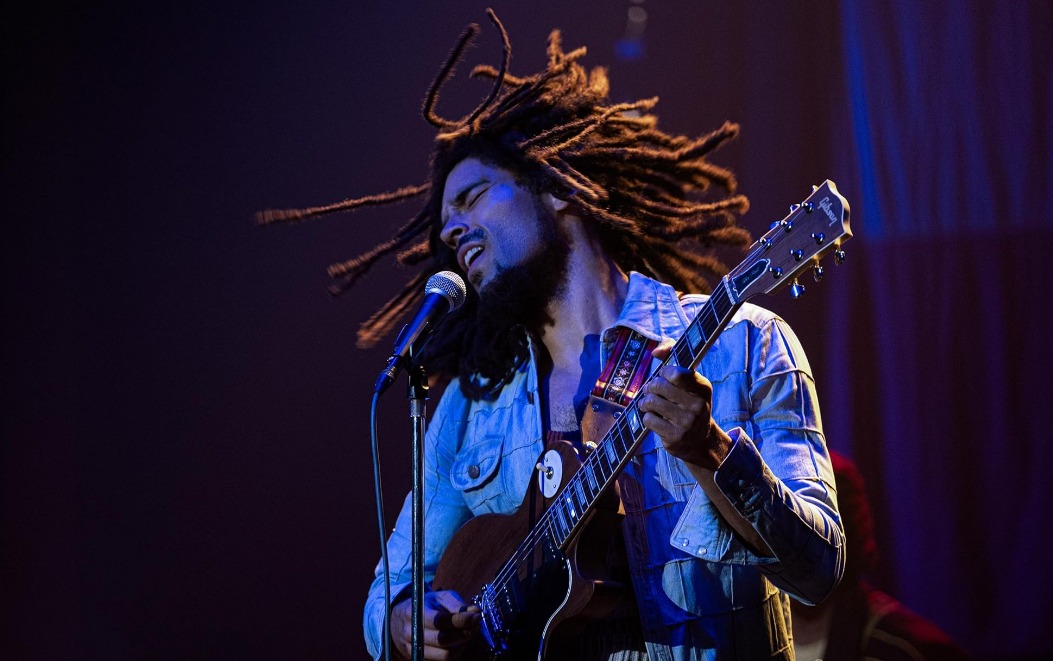All summer long, the guide will take a look at some of the museums that call the District home. We’ll weed out tourist traps and find the hidden gems where you can spend a few hours along the corridors.
Though the National Museum of Health and Medicine, established in 1862, may be small, it packs a big punch and gives an interesting view of the human body.
Located in a newly constructed building in Silver Spring, Md, the collection, originally founded as an Army medical museum, focuses on the history of medicine with genuine artifacts recovered from World War I, World War II and the Civil War.
This museum is one of the only museums in the country that collects and displays real human remains. This relatively small museum contains a number of skeletons and preserved body parts from anonymous donors as well as from famous politicians. Political enthusiasts can view pieces of Abraham Lincoln’s skull along with the bullet that killed him. There are also amputated limbs from renowned army generals and prosthetics that were used at the time.
Each exhibit shows the progression of medicine and technology through the ages. It was amazing to see the evolution of artificial limbs, which allowed patients increased movement and helped them function in daily life.
The museum staff make the experience incredibly educational by walking through the rooms alongside the guests and pointing out small details that easily be overlooked by the average tourist. There was also a tour guide moving through the museum with a preserved brain in hand, allowing guests to see it up close and even touch it. This was not just some exhibit behind glass walls.
One of the most popular displays was the row of complete human skeletons ranging from a five-week-old fetus to a five-year-old child. The similarities and differences that accompany growth and development in its early stages were remarkable. It was also thought provoking to see the “body” of a fetus — eerily human, yet not legally defined as a person.
This museum does a great job of captivating both those attracted to medicine and those less interested in science. Displays showcase a variety of examples of typical human anatomy as well as unique anatomical phenomena caused by fascinating syndromes like elephantitis. There was an amputated leg on display that was the size of a 250-pound man’s abdomen. This remarkable exhibit opened viewers’ eyes to this debilitating disease that remains prevalent in many third world countries to this day.
There is an entire wall dedicated to various types of brain trauma, ranging from simple concussions to a skull penetrated by an ice pick. The holes and blast wounds on display showed how various types of war injuries can result in death. Because these are authentic human remains, the bodies conjure up thoughts of the individuals’ pasts and an appreciation for the accelerated evolution of medicine since the World Wars.
This museum is by no means one you can spend all day exploring, but the small collection, occupying just two rooms, is a well-selected group of artifacts and body parts. These displays entertain tourists while also teaching them about the unique and important history of health and medicine in the United States. Those who explore this museum get to walk through history in a way that reveals the drastic changes that have occurred in science and medicine throughout the ages.














